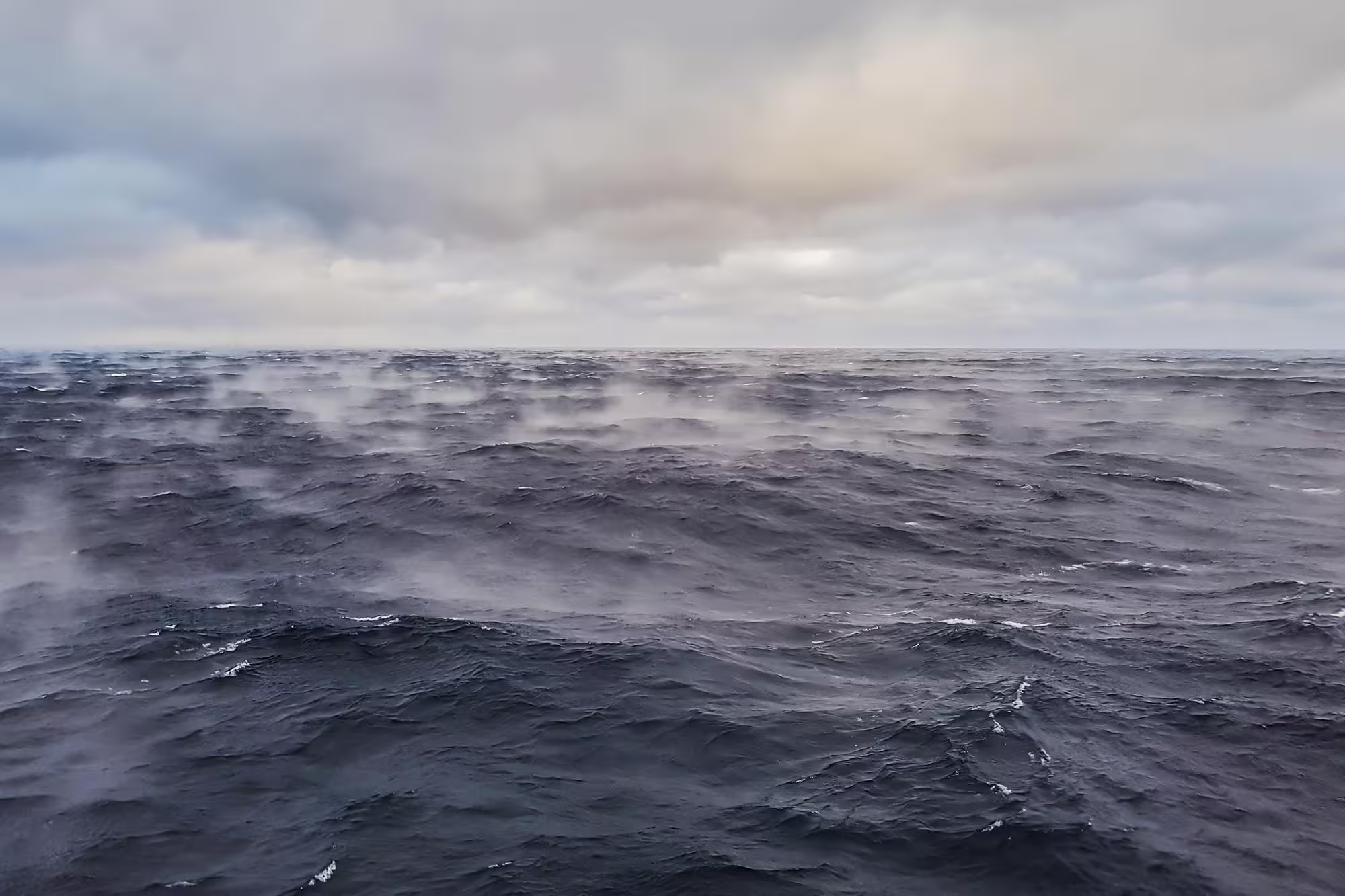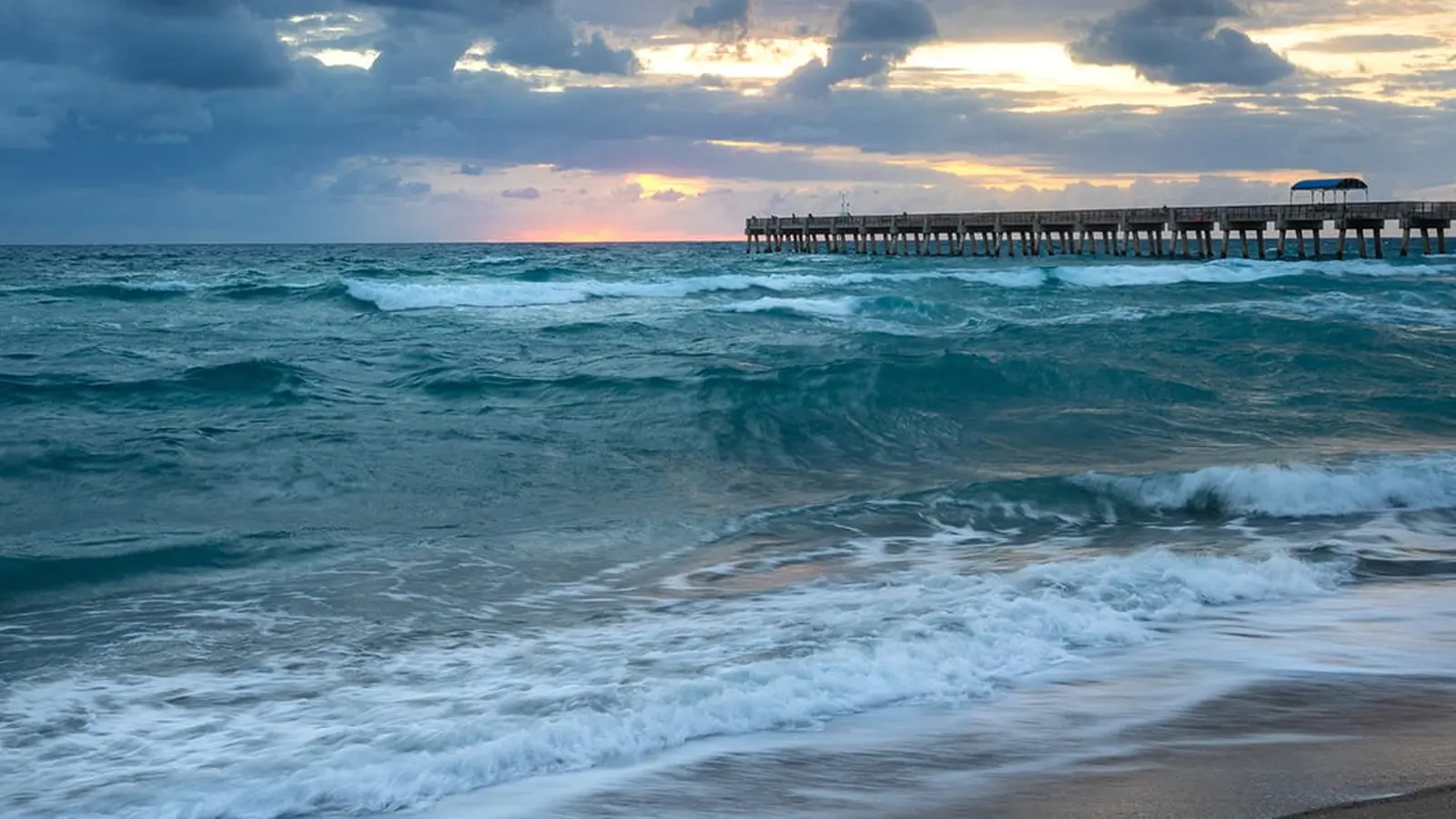5 Minutes
New research shows that coastal upwelling systems are accelerating ocean acidification well beyond global averages, threatening fisheries, marine ecosystems and coastal economies. By combining century-scale coral records with regional ocean models, scientists warn that some coastal zones will see seawater pH drop faster than previously predicted as atmospheric CO2 rises.

Scientists have discovered that major upwelling systems are intensifying ocean acidification faster than expected, creating growing risks for marine life and coastal economies.
Why upwelling acts like an acidification amplifier
Upwelling is a natural ocean process that brings cold, nutrient-rich deep water to the surface along continental margins. That deep water is naturally higher in CO2 because microbes break down sinking organic matter, releasing carbon and increasing acidity. When these waters reach the surface, they mix with the atmosphere and the effect of rising anthropogenic CO2 compounds the acidity already present.
In plain terms: coastal upwelling starts with seawater that is already more acidic, and continued increases in atmospheric CO2 make that water even more corrosive to marine organisms that build shells and skeletons from calcium carbonate.
How scientists reconstructed a century of change
Researchers from the University of St Andrews used coral skeletons as natural archives of past seawater chemistry. Corals incorporate boron isotopes into their aragonite skeletons in a way that records historical seawater pH. By measuring boron isotope signatures across 20th-century coral samples, the team reconstructed pH trends over decades.
Those paleoproxies were then paired with a high-resolution regional ocean model focused on the California Current — a canonical eastern-boundary upwelling system — to project how acidification will evolve through the 21st century under continued CO2 emissions. The models show that upwelling systems do not merely mirror global trends but amplify them locally.
Impacts for fisheries, ecosystems and coastal communities
Upwelling zones are among the ocean's most biologically productive regions and support major fisheries. Faster acidification threatens calcifying organisms (such as shellfish, some plankton and coralline algae) that form the base of many coastal food webs. Impacts cascade: reduced shell formation and slower growth can shrink fish stocks, disrupt aquaculture operations and jeopardize livelihoods in coastal communities.
Economies that depend on shellfish and nearshore fisheries are particularly vulnerable because intensified acidification can coincide with other stressors — warming, deoxygenation and changing currents — increasing the likelihood of economic and ecological shocks.
Policy and solutions: why reducing CO2 still matters
Because ocean acidification is directly tied to atmospheric CO2, the most effective long-term remedy is reducing emissions. Cleaner energy technologies and lower-carbon systems, such as heat pumps and electric vehicles, cut the same CO2 that drives both climate warming and ocean acidification. Local adaptation measures, like selective breeding in aquaculture, buffered hatcheries and early-warning monitoring systems, can help buy time for coastal industries.
As one study co-author noted, predicting how upwelling systems respond requires untangling natural variability from human influence. That complexity means more regional records and targeted modeling are essential to forecast risks and support coastal planning.

The ocean in coastal areas is becoming more acidic than previously thought.
What this means globally
While the study centered on the California Current, its findings are a cautionary example for other major upwelling systems: the Humboldt Current off South America, the Benguela and Canary Currents off West Africa, and similar coastal zones globally. Where upwelling occurs, communities should expect amplified acidification risks and prepare accordingly.
Expert Insight
Dr. Elena Morris, a marine biogeochemist not involved in the study, comments: 'This work is an important reminder that regional ocean processes can change the story told by global averages. For coastal communities, local monitoring and adaptive fisheries management will be as critical as global emissions reductions.'
Understanding local acidification trends gives policymakers and resource managers the evidence they need to prioritize interventions, target monitoring and support industries most at risk. Continued research combining historical proxies and regional modeling will sharpen projections and guide responses where they are needed most.
Source: scitechdaily


Leave a Comment